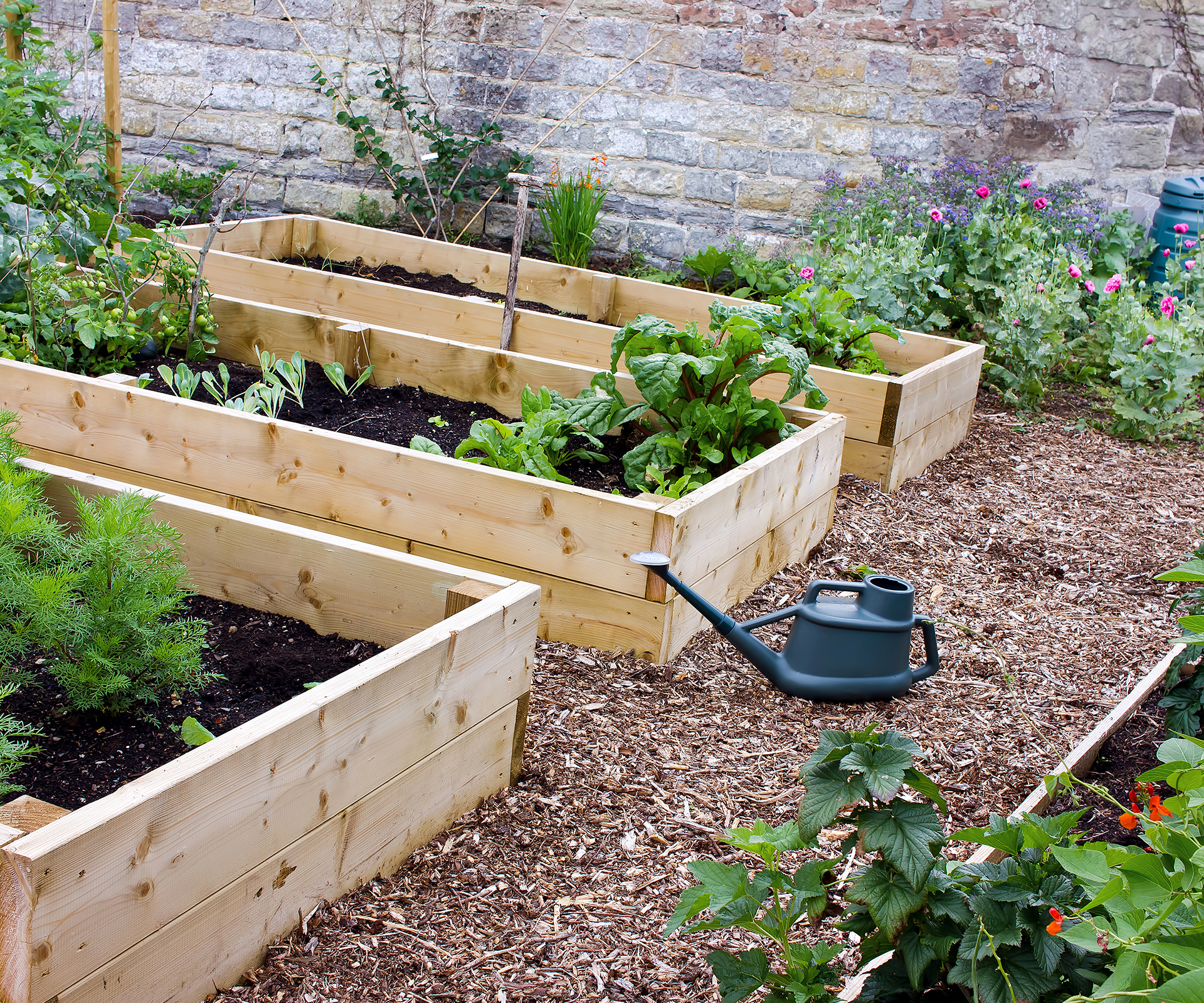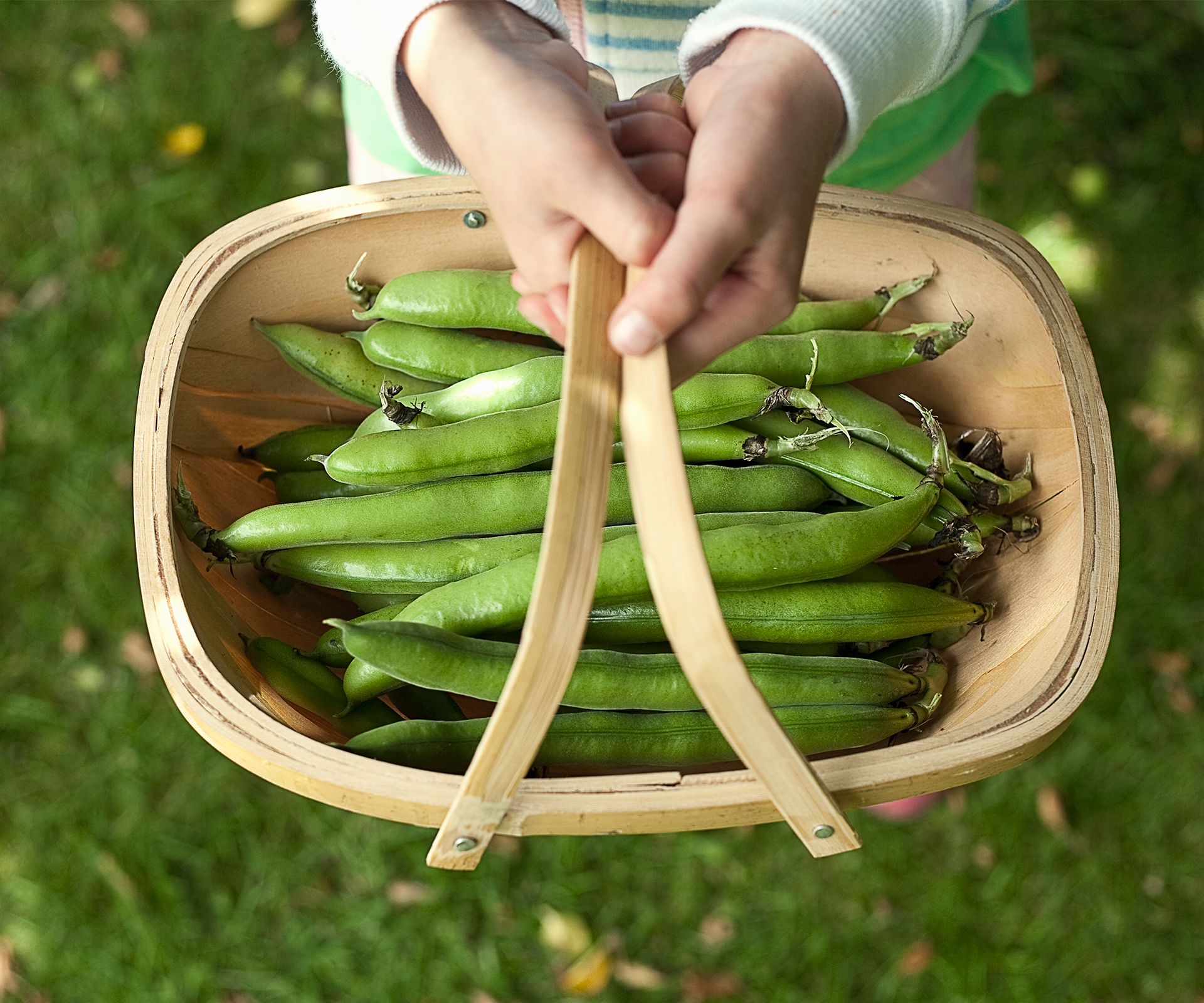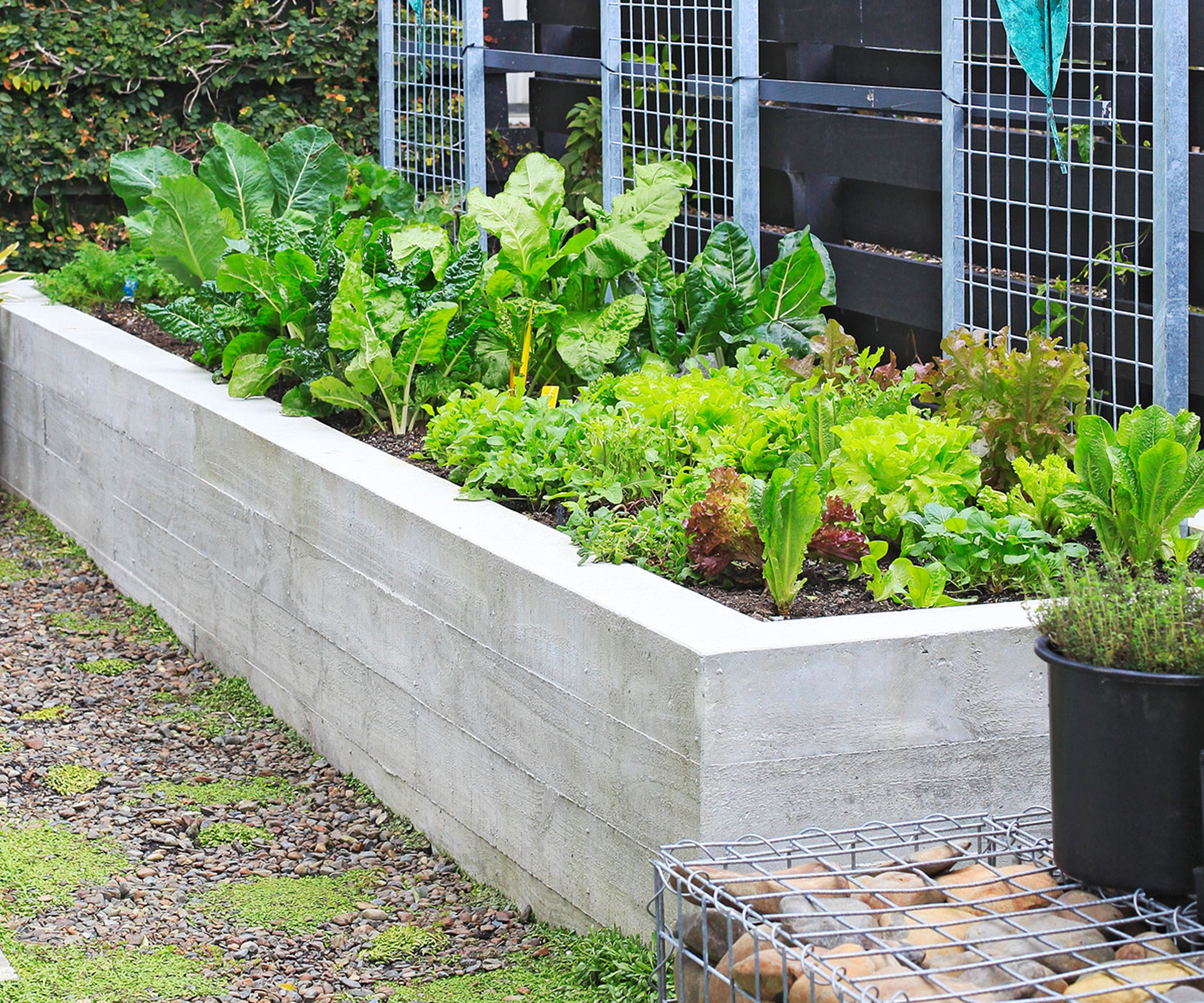The season is changing, so here’s your complete guide to what you should be harvesting, planting and sowing in the garden this April
The best vegetables to harvest
Kūmara harvesting begins this month. You’ll know when yours are ready if most of the plant has turned yellow. If frosts are likely in your area, dig up your ku-mara. To help them store well, leave tubers in a warm, shady
spot for a day or two to firm up skins, then move them to a cool, airy place (not the fridge as this can make tubers go hard in the centre). More nutritious than potatoes, ku-mara are just as versatile and can be baked, boiled or made into chips. The leaves and shoots are edible, too.
Pick pumpkin, butternuts and squash when the vines die back and skins are hard. Leave at least 10cm of the stem on and sit them in the sun for a couple of weeks if you are planning to store them. Make sure there are no cuts or signs of rot. If you store them in a dry, cool place, they’ll last for several months.
Sweetcorn is ready when the silky tassels turn brown. Another way to check is by slicing into one of the kernels, which should release a milky substance if the cob is ripe. Don’t delay eating sweetcorn as the quality deteriorates quite quickly.
Harvest any other late-summer vegetables left in the garden such as capsicum, cucumber, courgette, eggplant and tomatoes, too, as they’re not likely to ripen any further.
Leave grapes to ripen on the vine if you can beat the birds to them. Don’t be tempted to pick them green as they won’t ripen inside. Keep in the fridge and eat within 2-3 days. Likewise with figs, which need to be fully ripe before picking, but don’t leave them too long on the tree or they can split if it rains. Birds love figs as much as grapes, so netting is a good option for both as the fruit ripens.
The best vegetables to sow
No wonder silverbeet is such a stalwart of the Kiwi vege garden, it’s so easy to grow and super-nutritious, too. Most of us can grow it all year round, although it can flower if the weather turns cold. Sow seed directly into the garden around 2cm deep, then thin out plants once established so they are spaced at 30cm apart.
If you’re not a fan of silverbeet, rocket is almost as easy to grow from seed and is usually ready to harvest in 6-8 weeks. It’s not fussy about soil conditions but you’ll get better quality plants if you sow seed in rich, moisture-retentive soil. Common rocket is happy in a sunny position but wild rocket prefers some shade. Sow hardier wild rocket in winter if you live in a very frost-prone area. Sowing seed every 6 weeks gives you plenty of plants through the year.
Sow broad beans, peas and onions directly into the garden in warmer areas, making sure to keep soil moist. Cauliflower, kale and spinach seed can be sown directly or in trays for planting out when seedlings are established.
Carrots can be sown in most places, but if you live in a cold area remember that frosts can damage the foliage. Sow now to make sure your crop is mature before frosts are due. There are so many delightful carrot varieties available in different colours and shapes, as well as maturing times, seasons and soil types. The lovely 1000-year-old heirloom variety ‘Purple Dragon’ can be sown now (kingsseeds.co.nz).
The best vegetables to plant
Plant seedlings of broccoli, cauliflower, cabbage, Brussels sprouts, celery, spinach and broad beans. Protect from slug and snail attack with cloches or non-toxic pellets such as Tui’s Quash. There are plenty of recipes online for homemade baits, too.
If you are a beginner gardener, an easy winter crop is peas. Grab a couple of punnets of pea seedlings from the garden centre and plant into well-drained, moisture-retentive soil. Make sure plants get at least a few hours of sunshine a day.
Soup and casserole lovers should always have some leeks in the garden during winter. Mature plants are perfect for these dishes while younger leeks can be used as a spring onion substitute. Plant leek seedlings around 15cm deep and spaced the same distance apart. Feed regularly with liquid fertiliser.
Words by: Carol Bucknell.
EXPERT PROJECTS

Create the home of your dreams with Shop Your Home and Garden
SHOP NOW














